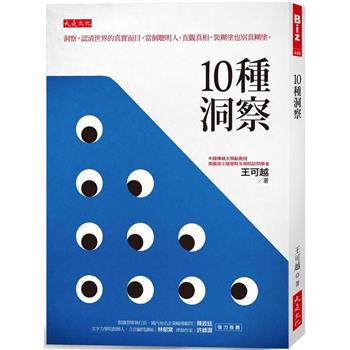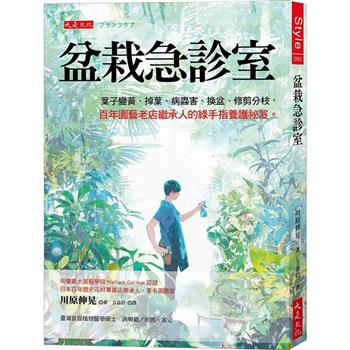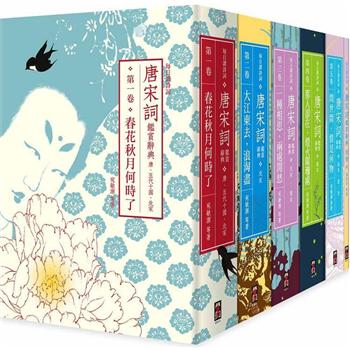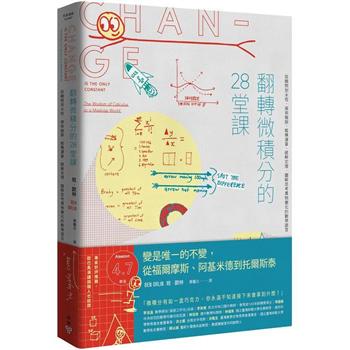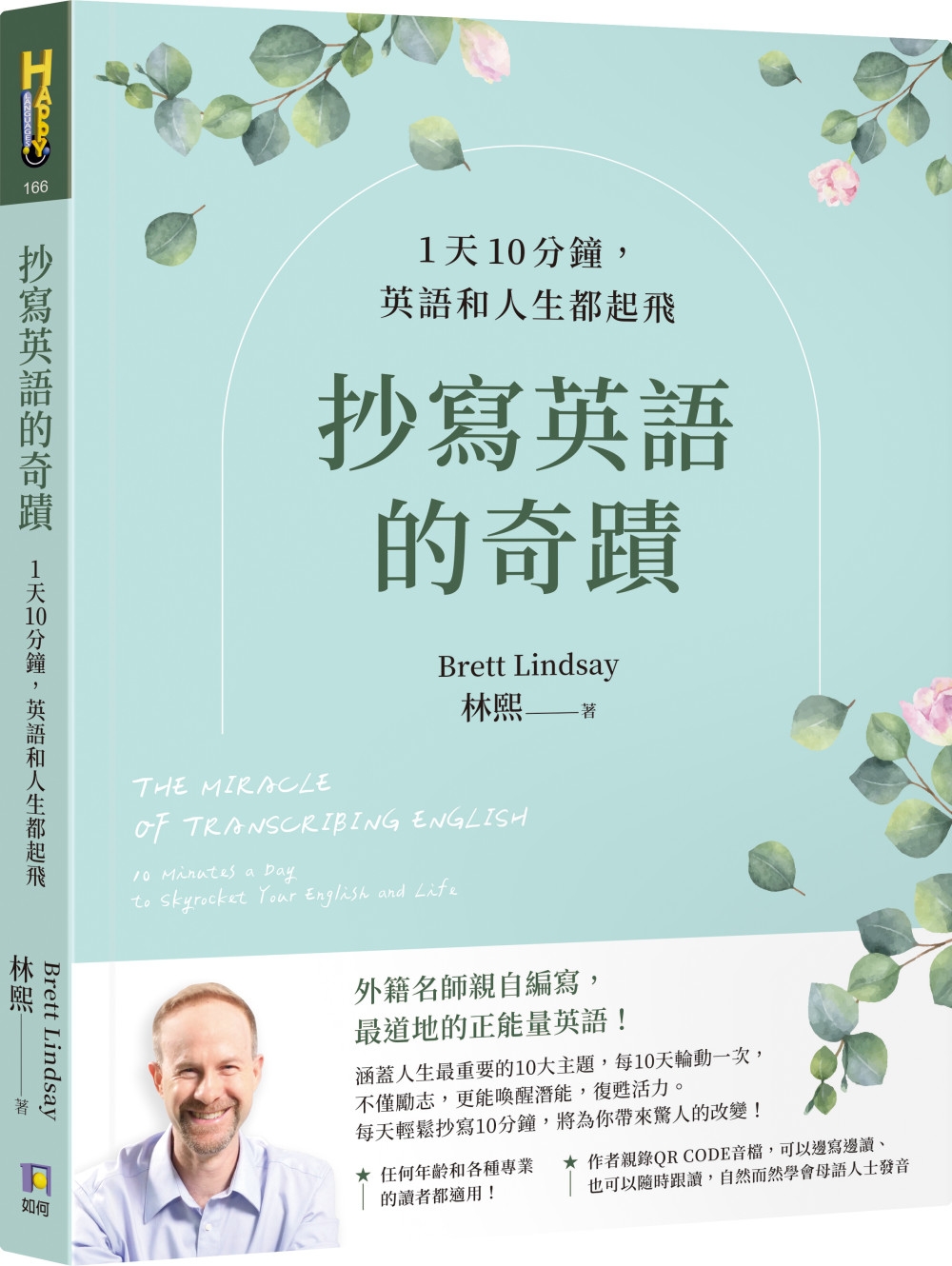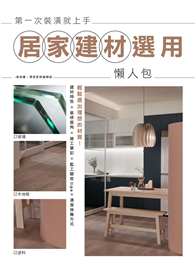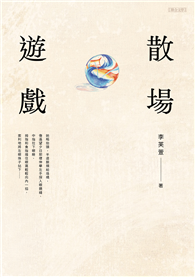To deepen the understanding of cultural and social background of the monochrome ceramic wares of Imperial China.
The Palace Museum’s Essential Collection
Selected 290 of monochrome ceramic wares of different dynasties
The Palace Museum, the Forbidden City, has a comprehensive collection of the world's largest treasury of ancient Chinese art. The Museum is an abundant resource for anyone who are interested in Chinese paintings, ceramic wares, jade wares, calligraphy, furniture, and other valuable treasures.
This title offers descriptions of a selected collection of 290 sets of monochrome ceramic wares from different dynasties such as Shang, Western Zhou to Qing, of which most wares are covered with one single colour glaze.
Their beauty depends on the harmonious blending of artificial control and natural outcomes of firing different colour glazes. Compared with polychrome wares, monochrome wares may facilitate readers to better understand the essence of Chinese ceramic art and the resonance of subtleness and lyricism revealed on the wares.
With the help of an introductory essay written by the Museum’s expert, readers can appreciate the simplicity, purity, and fantasy of the monochrome wares on top of their historical value.
中國故宮藏品圖解之絕對珍藏本,讓你一本看通中國彩繪陶瓷
專家解說中國故宮顏色釉陶瓷,展現各時期的獨特風格
| FindBook |
|
有 1 項符合
Chinese Ceramic Ware in Monochrome Glaze的圖書 |
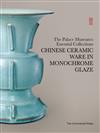 |
$ 1857 ~ 2115 | Chinese Ceramic Ware in Monochrome Glaze
作者:The Palace Museum 出版社:香港商務印書館 出版日期:2016-12-30 語言:繁體書  共 4 筆 → 查價格、看圖書介紹 共 4 筆 → 查價格、看圖書介紹
|
|
|
圖書介紹 - 資料來源:博客來 評分:
圖書名稱:Chinese Ceramic Ware in Monochrome Glaze
內容簡介
作者介紹
作者簡介
The Palace Museum
Shan Jixiang was born in Beijing in 1954. He received his doctorate degree in Urban Planning and Design from the School of Architecture, Tsinghua University, and studied in Japan from 1980 to 1984. After his return to China, Dr. Shan held several posts such as deputy director of Beijing Municipal Administration of City Planning, director of Beijing Municipal Administration of Cultural Heritage, director of Beijing Municipal Commission of Urban Planning, and director of the State Administration of Cultural Heritage. Since January of 2002, Dr. Shan has taken up positions of director of the Palace Museum, researcher of the Palace Museum, director of China Cultural Relics Academy, and vice chairman of China Building Decoration Association.
LÜ Chenglong was born in Longkou, Shandong, in 1962. He graduated and received his bachelor’s degree from the Department of Engineering of the Jingdezhen Ceramic Institute. At a later time, he took the postgraduate courses of Qing history in Renmin University of China and then conducted research in Nagasaki, Japan. Since 1984, Mr. Lu has served in the Palace Museum and worked in the authentication, display, and conservation of ancient ceramics. He is the deputy director of the Antiquities Department of the Palace Museum, researcher of the Palace Museum, member of the Academic Committee, head of the Institute of Ancient Ceramic, and executive director of China Ancient Ceramics Society.
The Palace Museum
Shan Jixiang was born in Beijing in 1954. He received his doctorate degree in Urban Planning and Design from the School of Architecture, Tsinghua University, and studied in Japan from 1980 to 1984. After his return to China, Dr. Shan held several posts such as deputy director of Beijing Municipal Administration of City Planning, director of Beijing Municipal Administration of Cultural Heritage, director of Beijing Municipal Commission of Urban Planning, and director of the State Administration of Cultural Heritage. Since January of 2002, Dr. Shan has taken up positions of director of the Palace Museum, researcher of the Palace Museum, director of China Cultural Relics Academy, and vice chairman of China Building Decoration Association.
LÜ Chenglong was born in Longkou, Shandong, in 1962. He graduated and received his bachelor’s degree from the Department of Engineering of the Jingdezhen Ceramic Institute. At a later time, he took the postgraduate courses of Qing history in Renmin University of China and then conducted research in Nagasaki, Japan. Since 1984, Mr. Lu has served in the Palace Museum and worked in the authentication, display, and conservation of ancient ceramics. He is the deputy director of the Antiquities Department of the Palace Museum, researcher of the Palace Museum, member of the Academic Committee, head of the Institute of Ancient Ceramic, and executive director of China Ancient Ceramics Society.
目錄
Forewords
Introducing the Palace Museum to the World
Looking at History through Art
An Introductory Essay
Subtleness and Lyricism – Monochrome Ceramic Ware
Ware in Celadon Glaze
Ware in Suffused Colour Glaze, Jun Glaze, Flambé Glaze and Robin’s Egg Glaze
Ware in White Glaze
Ware in Black Glaze
Ware in Red Glaze
Ware in Yellow Glaze
Ware in Blue Glaze
Ware in Aubergine Glaze
Ware in Green Glaze
Ware in Brown Glaze
Ware in Changguan Glaze
Ware in Other Glazes
Dynastic Chronology of Chinese History
Introducing the Palace Museum to the World
Looking at History through Art
An Introductory Essay
Subtleness and Lyricism – Monochrome Ceramic Ware
Ware in Celadon Glaze
Ware in Suffused Colour Glaze, Jun Glaze, Flambé Glaze and Robin’s Egg Glaze
Ware in White Glaze
Ware in Black Glaze
Ware in Red Glaze
Ware in Yellow Glaze
Ware in Blue Glaze
Ware in Aubergine Glaze
Ware in Green Glaze
Ware in Brown Glaze
Ware in Changguan Glaze
Ware in Other Glazes
Dynastic Chronology of Chinese History
|
